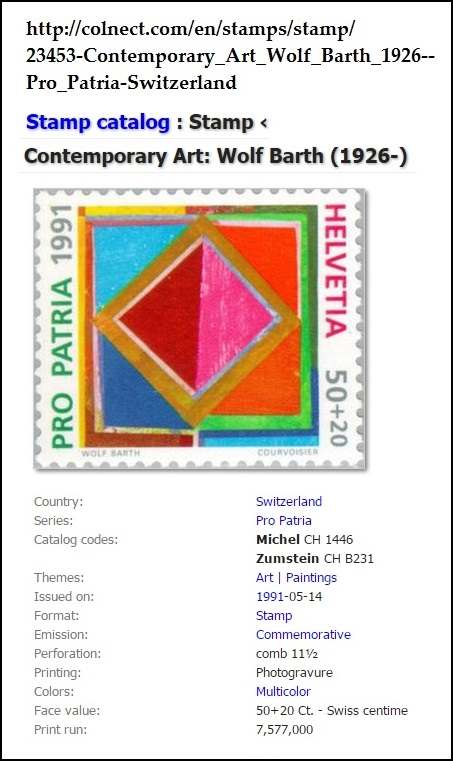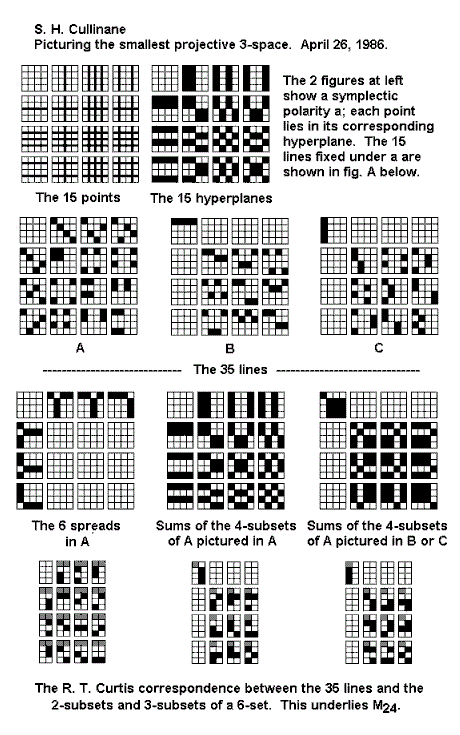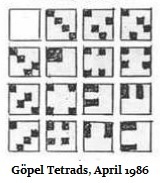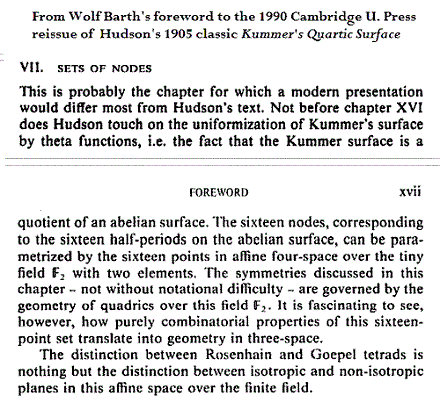"We tell ourselves stories in order to live." — Joan Didion
A post from St. Augustine's day, 2015, may serve to
illustrate this.
The post started with a look at a painting by Swiss artist
Wolf Barth, "Spielfeld." The painting portrays two
rectangular arrays, of four and of twelve subsquares,
that sit atop a square array of sixteen subsquares.
To one familiar with Euclid's "bride's chair" proof of the
Pythagorean theorem, "Spielfeld" suggests a right triangle
with squares on its sides of areas 4, 12, and 16.
That image in turn suggests a diagram illustrating the fact
that a triangle suitably inscribed in a half-circle is a right
triangle… in this case, a right triangle with angles of 30, 60,
and 90 degrees… Thus —

In memory of screenwriter John Gregory Dunne (husband
of Joan Didion and author of, among other things, The Studio )
here is a cinematric approach to the above figure.
The half-circle at top suggests the dome of an observatory.
This in turn suggests a scene from the 2014 film "Magic in
the Moonlight."

As she gazes at the silent universe above
through an opening in the dome, the silent
Emma Stone is perhaps thinking,
prompted by her work with Spider-Man …
"Drop me a line."
As he gazes at the crack in the dome,
Stone's costar Colin Firth contrasts the vastness
of the Universe with the smallness of Man, citing …
"the tiny field F2 with two elements."
In conclusion, recall the words of author Norman Mailer
that summarized his Harvard education —
"At times, bullshit can only be countered
with superior bullshit."


























